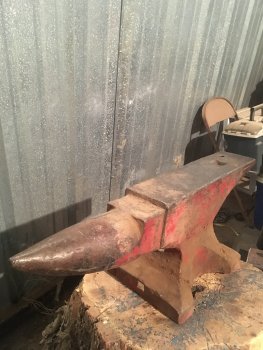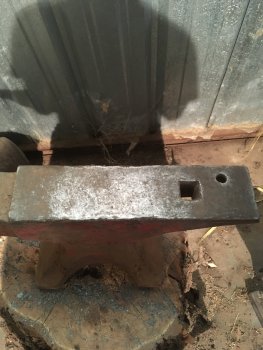Not really on care or conditioning but on dressing an anvil based on the type of work you intend to do on it. Like Ed mentioned above if knife forging is primary concern you are going to want the face clean and pristine to keep from transferring negative images of divots to your work. If you do more general blacksmith work that is not as important. The edges are another thing to consider but those are mostly personal preference. I have one edge of my anvil with a graduated radius all the way to the heel. The other side I have sharp for half and radius half. That is all due to the type of work I do on them. I forge way less knives than I do ornamental iron and tools so I use my edges to perform tasks from marking cold steel to bending a proper radius on a pigtail steak turner to forging tapers quickly. As far as sites go, "I Forge Iron.com" has a wealth of information period. Be warned though they are not overly tolerant of newbies asking the same old questions instead of using the search function and finding the numerous threads that address that question which already exist. You can use their search function without being a member so if you choose to remain anonymous you can. Most of the guys there really know their stuff but they can be crass with newbies especially the members who designate themselves as "curmudgeons". Anvilfire.com is also a good site. I would do some research before altering the anvil too much but really, it's yours I would make it fit your work. It's amazing what one can accomplish with an angle grinder and a blending disc...






